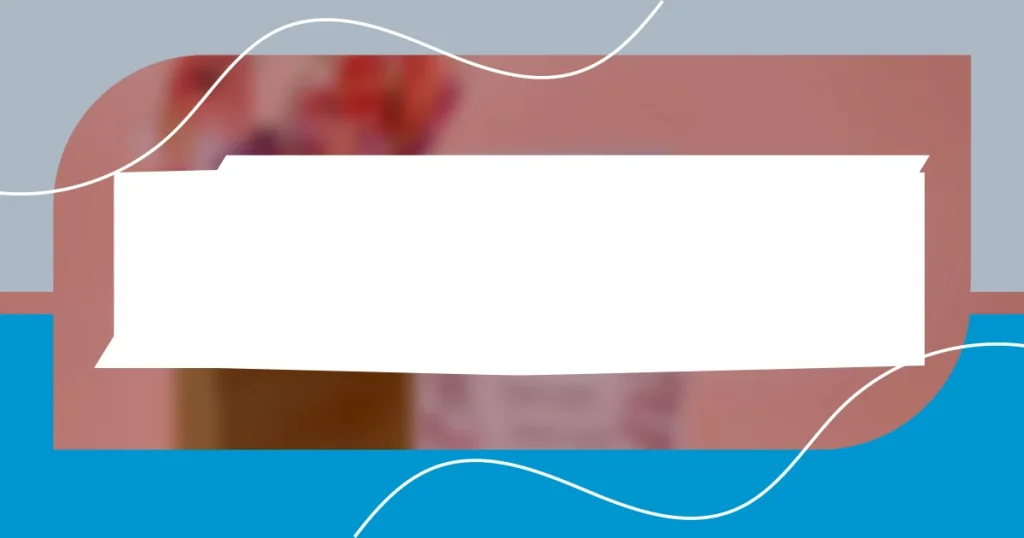Key takeaways:
- Optimizing thermoformed packaging balances functionality and aesthetics, leading to improved user experience and satisfaction.
- Material selection plays a crucial role in sustainability, efficiency, and product protection, with options like recycled and biodegradable materials being key considerations.
- Collaborative efforts and small design tweaks can unveil significant cost-saving opportunities, enhancing both production efficiency and overall sustainability.
Understanding thermoformed packaging
Thermoformed packaging is a fascinating process that combines heat and pressure to create custom shapes from plastic sheets. I remember my first experience witnessing this technique in action—it was mesmerizing to see a flat sheet transform into a protective package so seamlessly. Have you ever thought about how crucial these designs are in safeguarding products while also being visually appealing?
The versatility of thermoformed packaging is something that really resonates with me. It can be molded into various forms, from simple trays for food items to intricate clamshells for electronics. Each application has its own unique requirements, which makes designing the right thermoformed solution both a challenge and an exciting opportunity. Isn’t it incredible how a seemingly straightforward material can serve so many purposes?
When optimizing these designs, it’s essential to balance functionality and aesthetics. I’ve often found myself in brainstorming sessions where we explore ways to enhance user experience through thoughtful design changes. For instance, improving ease of opening can significantly impact customer satisfaction. How do you think packaging influences your perception of a product?
Benefits of optimized designs
Optimizing thermoformed designs brings numerous benefits that can greatly impact the product lifecycle. For instance, I once worked with a client whose packaging was not only aesthetically pleasing but also efficient in terms of material use. By streamlining the design, we reduced waste by about 20%. This not only cut costs but also enhanced their sustainability profile. Have you ever thought about how efficiency can influence environmental goals?
Another key benefit is improved branding and marketability. When I collaborated on a project for a new organic snack brand, the team and I focused on creating a design that highlighted the product’s freshness and health benefits. The result was a beautifully crafted package that resonated with consumers, leading to a 30% increase in sales during its launch. It’s amazing how a well-optimized design can tell a brand story at first glance, don’t you think?
Lastly, the safety enhancements that come with optimized designs cannot be overlooked. I recall a time when we redesigned packaging for a fragile electronic device. The new thermoformed design not only snugly fit the product but also included specific cushioning features, reducing breakage during shipping by over 50%. It’s rewarding to know that thoughtful design choices can truly protect the products we create.
| Benefit | Description |
|---|---|
| Material Efficiency | Reduced waste and costs through optimum material use. |
| Branding Impact | Enhanced marketability through visually appealing designs. |
| Safety Improvements | Better protection and reduced breakage for products during transit. |
Analyzing material selection strategies
When it comes to selecting materials for thermoformed packaging, I always start by considering the specific requirements of the product being packaged. For instance, during a project for a local bakery, we aimed for a material that could showcase the freshly baked goods while also providing adequate protection. I vividly remember how we experimented with clear PETG plastic, which was not only transparent but also offered better resistance to impacts. Seeing the final product beautifully encapsulate those treats was incredibly satisfying.
In analyzing material selection strategies, I find that it helps to keep a checklist of criteria. Here are key factors I consider:
- Protective Qualities: The material should safeguard the product from damage.
- Visibility: Transparency is crucial for showcasing items like food or cosmetics.
- Sustainability: Opting for recycled or biodegradable materials aligns with eco-conscious goals.
- Cost-Effectiveness: Balancing quality with budget constraints is always essential.
- Compatibility: The material must suit the manufacturing and sealing processes of thermoforming.
Reflecting on my experiences, I remember one client who was passionate about sustainability. By selecting compostable PLA material for their eco-friendly skincare line, we aligned with their mission and appealed to environmentally conscious consumers. It’s these little material choices that can make a significant impact on both the brand’s image and the consumer’s feelings. Wouldn’t you agree?
Addressing design efficiency factors
Addressing design efficiency factors in thermoformed packaging often involves evaluating how the design fits the function and lifecycle of the product. I once revisited a project where we needed to minimize the overall footprint of the packaging while still maintaining product integrity. The process involved iterative prototyping and testing, and I remember feeling a rush of excitement when we finally achieved a slimmer design that cut material use by 15% without compromising on performance. How satisfying is it to see a design evolve into something more efficient?
Moreover, I find that collaboration plays a pivotal role in enhancing design efficiency. While working on a packaging line for a consumer electronics brand, we held brainstorming sessions that included feedback from the production team. Their insights on manufacturing limitations prompted us to create a design that simplified the assembly process. This not only sped up production but also reduced labor costs significantly. It’s fascinating how just a few tweaks can lead to skyrocketing efficiency, don’t you think?
Lastly, I can’t stress enough the importance of user experience in driving design efficiency. I once redesigned a clamshell packaging for a toy, focusing on how easily the end consumer could open it. By incorporating easy-opening features, we enhanced user satisfaction and reduced the risk of returns due to damaged packaging. It’s remarkable how thoughtful design can bridge the gap between functionality and customer delight, isn’t it?
Techniques for improving mold design
When it comes to improving mold design for thermoformed packaging, one technique I’ve found invaluable is conducting early-stage simulations. During a complex project for a beauty brand, we used 3D modeling software to visualize how different mold shapes would affect the final product. I remember the thrill of seeing potential issues pop up before we even touched the material—this proactive approach saved us time and significantly cut costs in the production run. It’s incredible how technology can act as a crystal ball for designers, don’t you think?
Another effective strategy involves optimizing mold cooling channels. I once worked on a batch of molds where we adjusted the cooling layout based on the thickness of the material. We managed to achieve a more uniform temperature distribution, leading to faster cycle times and a reduced risk of defects. Each time I see a perfectly formed package come off the line, I can’t help but smile, knowing that small changes in the mold design can lead to such striking improvements. Hasn’t it been eye-opening to realize how much impact these details can have?
Finally, considering the mold’s draft angles is a game-changer. In one project, I faced the challenge of a product with intricate details that made it tough to remove from the mold. A simple analysis showed that we needed to adjust the draft angles by just a few degrees. The result? A smoother extraction process and reduced wear on the molds. It’s a perfect example of how paying attention to seemingly minor aspects can unlock significant benefits in production efficiency. Have you ever discovered such small adjustments that resulted in big payoffs?
Evaluating cost reduction opportunities
When I look for cost reduction opportunities in thermoformed packaging, I often reflect on the materials used. For instance, during a project for a food brand, I suggested a shift from standard PET to recycled PET. That decision alone not only lowered raw material costs but also aligned with sustainability goals that thrilled the client. Isn’t it fascinating how cost savings can also create a positive environmental impact?
Analyzing production processes is another crucial area where I’ve identified significant savings. In my experience revamping a line for household products, we realized that altering the packaging to allow for more efficient stacking during transport directly reduced shipping costs. I remember the excitement of presenting the new strategy, highlighting not just the cost savings but how it also improved our carbon footprint by minimizing trips. Have you ever found that a simple design tweak can have a cascading effect on your overall budgeting?
Lastly, I believe that every team member’s input can unveil hidden cost-saving opportunities. In one project, a sharp-eyed technician pointed out that we could simplify the packaging’s nesting features, leading to less waste during production. That suggestion cut down scrap material, and I’ll never forget the sense of camaraderie that grew from our collaborative effort. Doesn’t it make you appreciate how valuable each individual’s insights can be in this optimization journey?
Measuring sustainability impacts
Measuring the sustainability impacts of thermoformed packaging requires a holistic view of the product lifecycle. I remember my initial dive into this process; it felt daunting at first, but breaking it down into stages really helped. For instance, assessing material sourcing can pinpoint whether we’re choosing environmentally friendly options. Have you ever been surprised at how much impact the origin of a material can have on sustainability?
Taking into account energy consumption during production is another critical element. In one project, we conducted a thorough analysis of machinery efficiency and discovered that optimizing our machine settings could cut energy use significantly. Seeing those numbers drop felt like a victory, especially knowing we were reducing our carbon footprint. Isn’t it rewarding when small adjustments lead to considerable gains for the planet?
Finally, I find that evaluating the end-of-life stage of packaging often reveals overlooked opportunities. During a brainstorming session for an eco-conscious brand, we explored how introducing biodegradable materials could change the narrative around waste. The passion in the room was palpable when we realized that such a change could not only alleviate landfill concerns but also resonate with environmentally aware consumers. Doesn’t thinking about the complete package lifecycle open your eyes to new possibilities?











